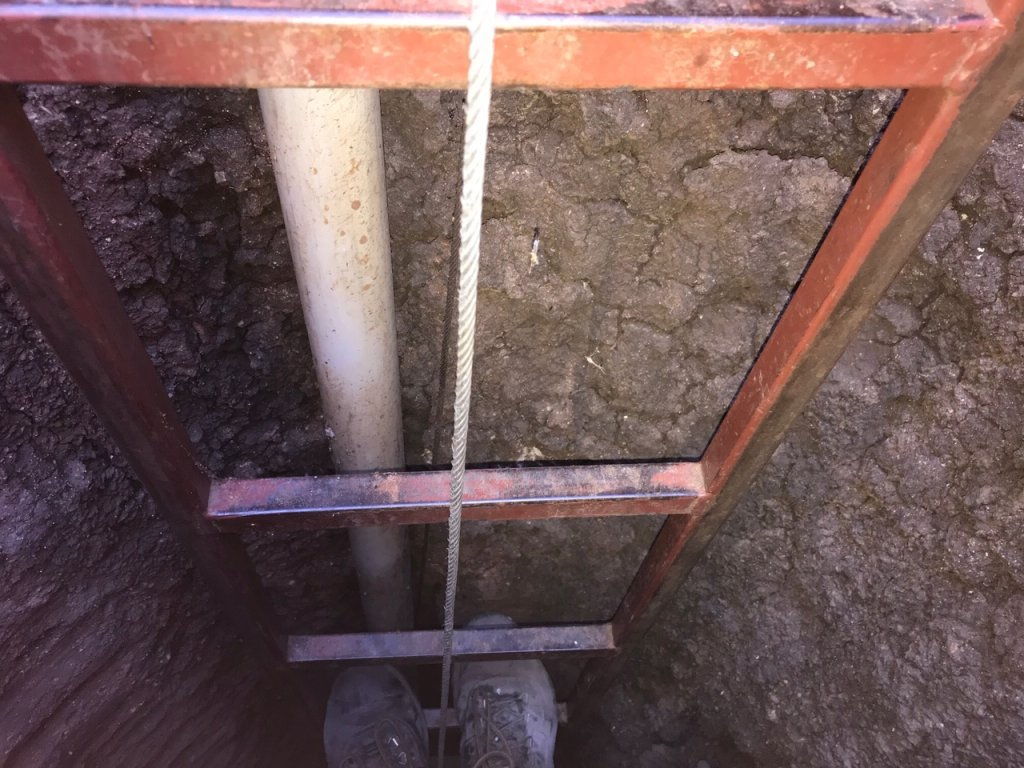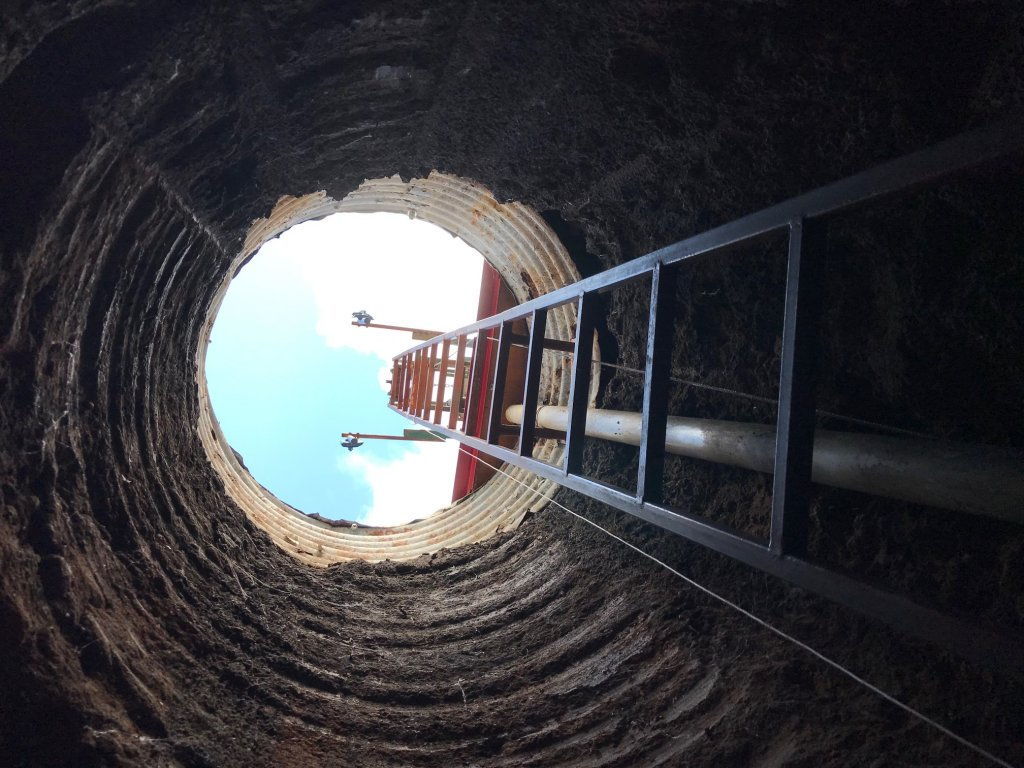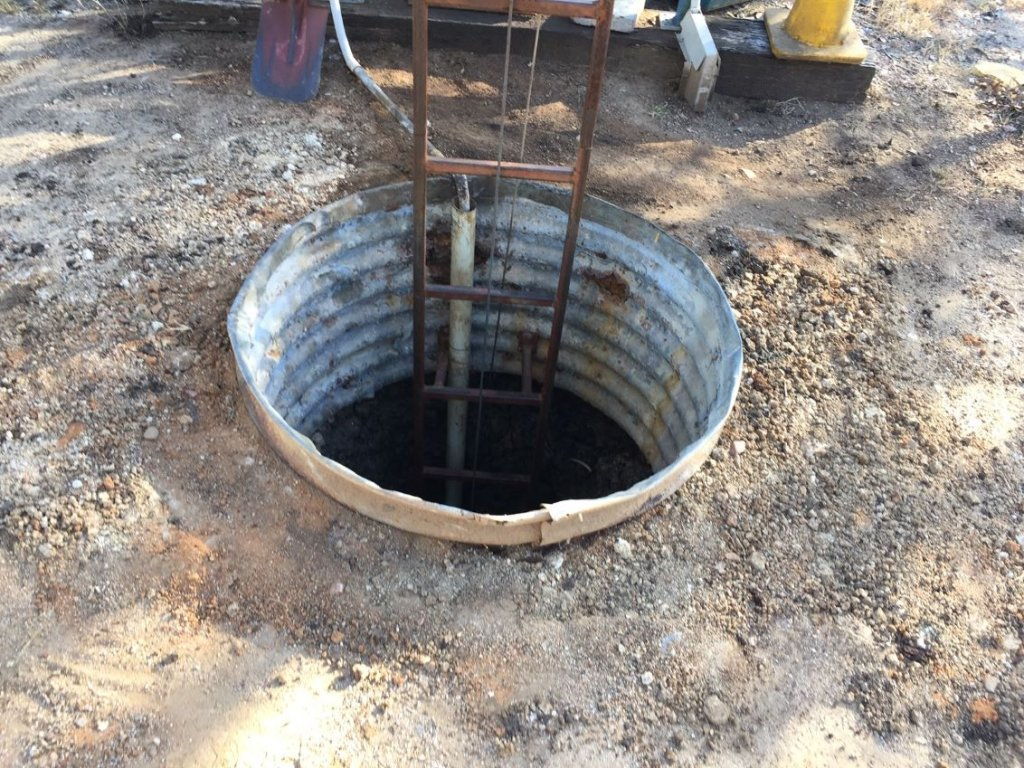- Joined
- Feb 10, 2020
- Messages
- 8
- Reaction score
- 15
I'm wondering if anyone would know the best method of fastening the circular corrugated iron collar in the top of a Gemstone mine up and over shaft to the dirt wall.
Also which method is usually used to fasten the ladder to the dirt wall. My ladder is bolted to the top via the up and over equipment and at the bottom via 2 galvanised post that have been rammed into the ground and then concreted in. Up the ladder on my shaft there's flat headed washer looking things that I'm thinking have a stake welded to them and the stakes are then hammered into the wall of the shaft or maybe long thick hex headed coach screws are screwed into the dirt walls.
I plan to hang the top of the metal collar from a metal wagon wheel type of structure and then would I fasten it to the wall using the stakes hammered into the wall or the coach screws as per the ladder and if yes would a glue to use in the shaft holes.
My concern is what stop the stakes from pulling out the earth walls.
Behind my ladder I want to install a smaller tube that the electric lead go down the shaft in and centre it because currently it's positioned right where my left foot stands on the ladder making climbing the ladder unsafe.



Also which method is usually used to fasten the ladder to the dirt wall. My ladder is bolted to the top via the up and over equipment and at the bottom via 2 galvanised post that have been rammed into the ground and then concreted in. Up the ladder on my shaft there's flat headed washer looking things that I'm thinking have a stake welded to them and the stakes are then hammered into the wall of the shaft or maybe long thick hex headed coach screws are screwed into the dirt walls.
I plan to hang the top of the metal collar from a metal wagon wheel type of structure and then would I fasten it to the wall using the stakes hammered into the wall or the coach screws as per the ladder and if yes would a glue to use in the shaft holes.
My concern is what stop the stakes from pulling out the earth walls.
Behind my ladder I want to install a smaller tube that the electric lead go down the shaft in and centre it because currently it's positioned right where my left foot stands on the ladder making climbing the ladder unsafe.






